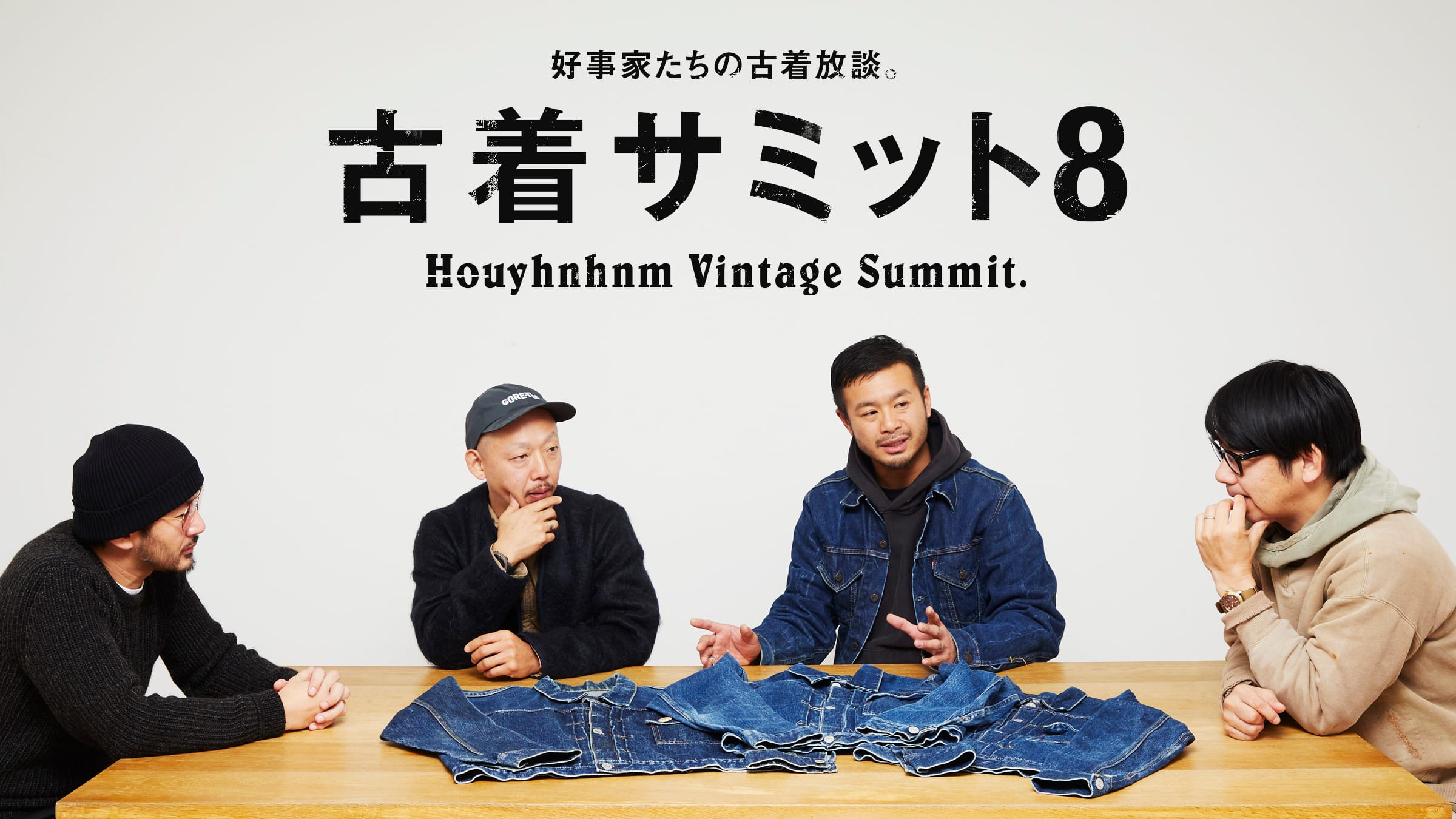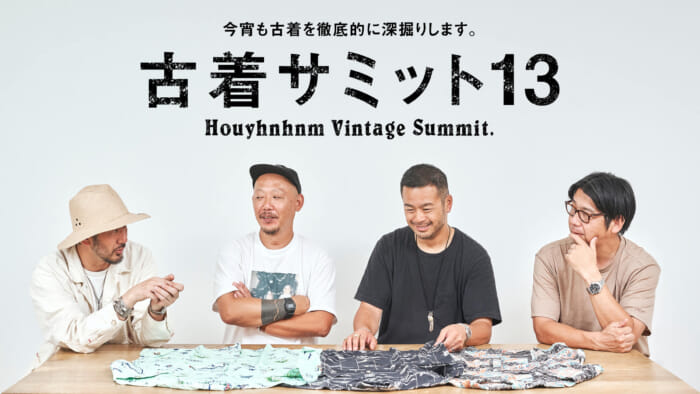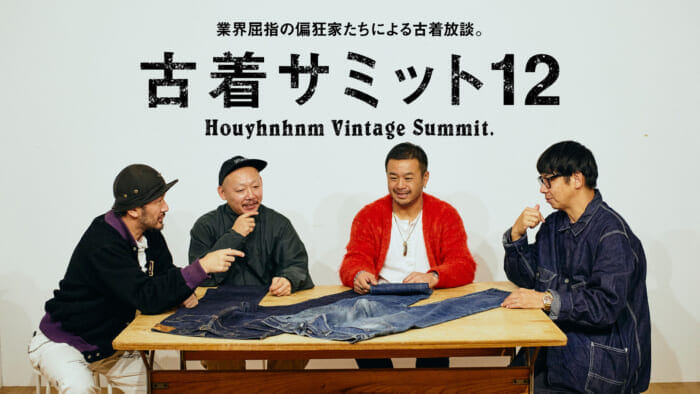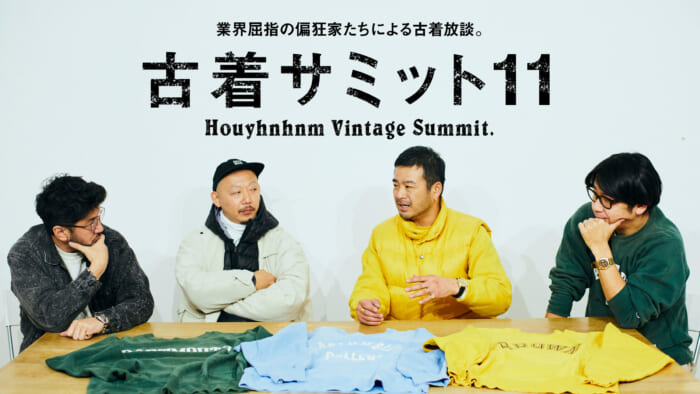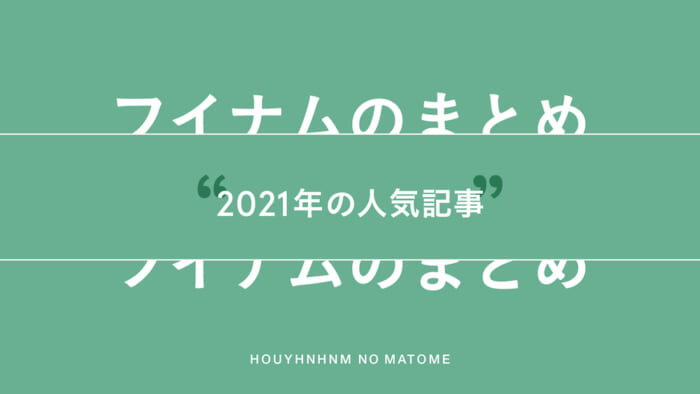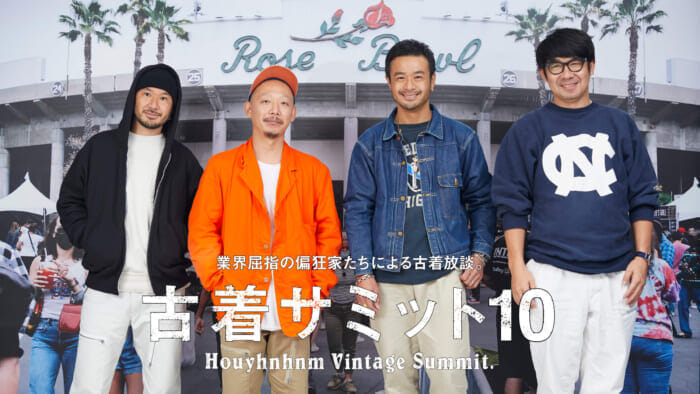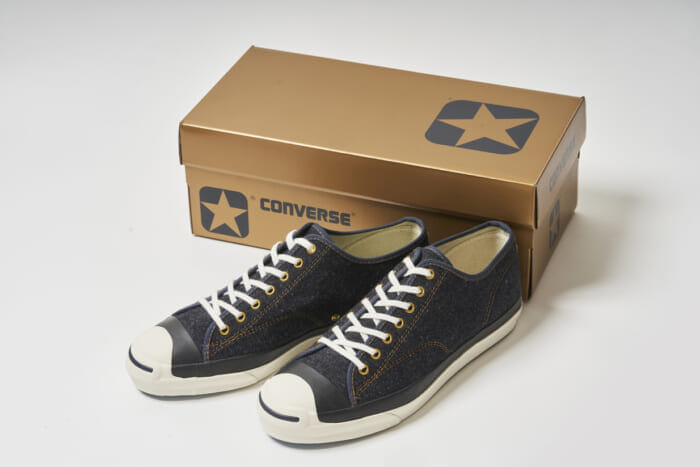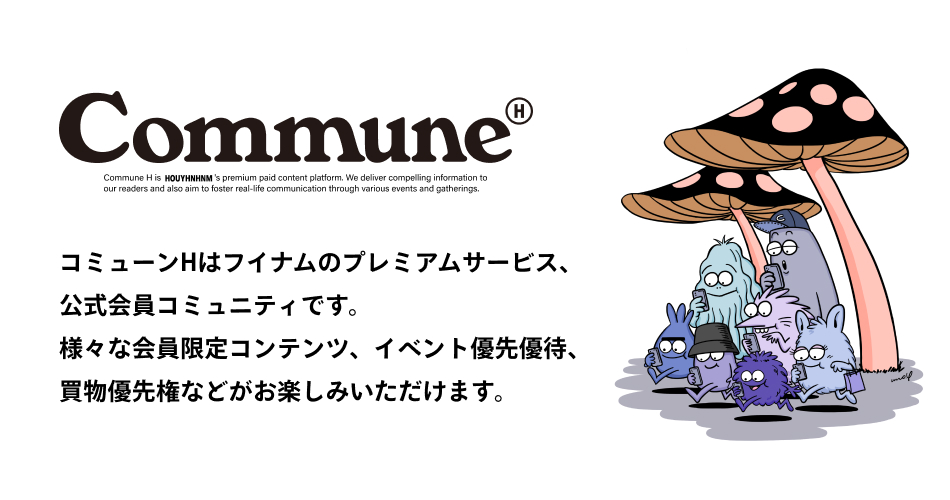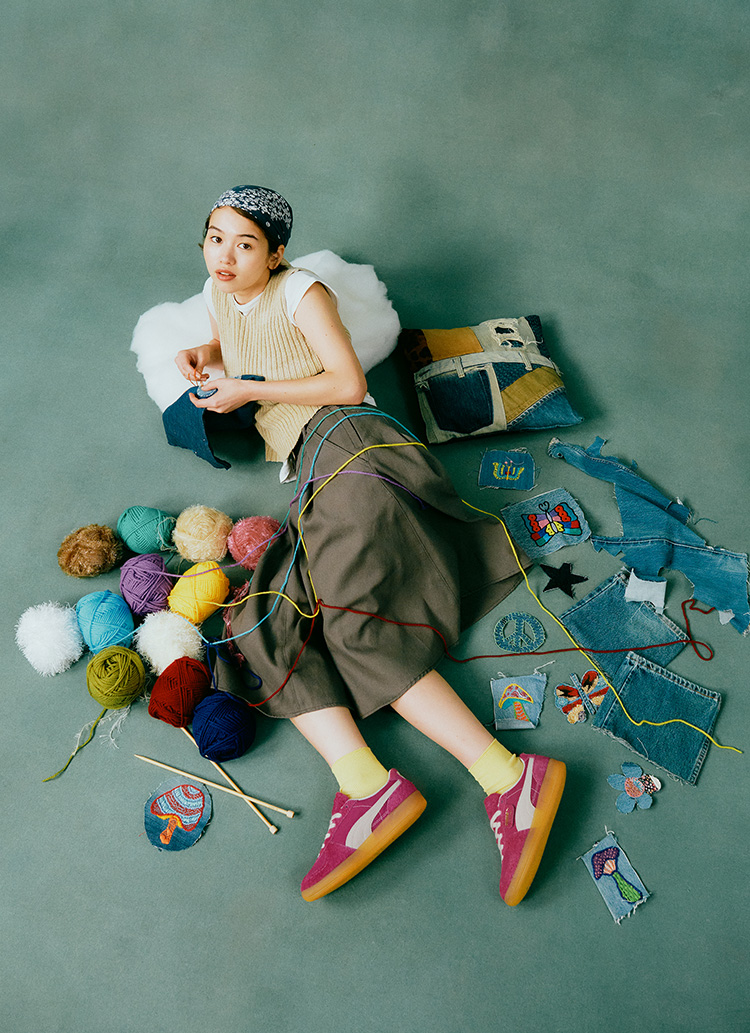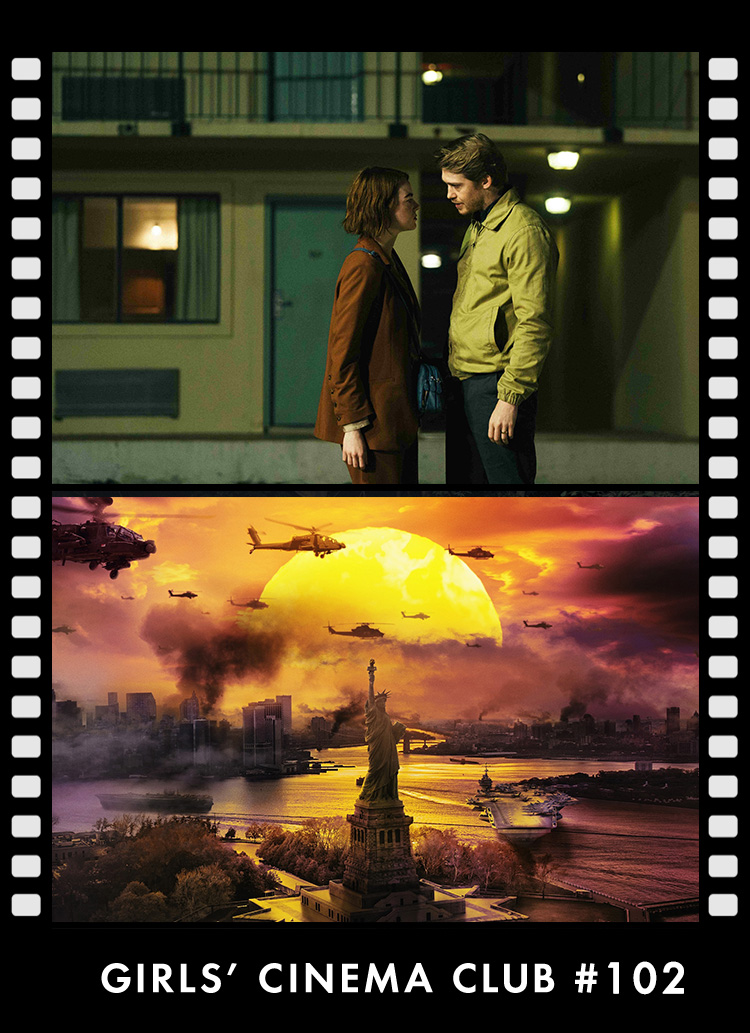Second lecture Michihiko Kurihara
The popularity of Nirvana and the '90s boom have caused prices to skyrocket year after year.
Vintage pajamas."

'50s SLEEPING SHIRT
Kurihara:My first is a vintage pajama shirt. It's a category I've had my eye on for a while, but I finally found a pattern that I wanted to wear myself.
Konno:Indeed . At first glance, they don't look like pajamas, do they?
Kurihara:I think it's a common experience for buyers to see an old shirt in a thrift store, but upon closer inspection, it turns out to be a pair of pajamas (laughs).
Fujiwara:Yes, there is.

Kurihara:Nick & Nora" (a luxury sleepwear brand used in Hollywood movies and TV series such as "Sex And The City"), which is famous for off-shoots of Kurt Cobain, especially the green-based cowboy-print flannel set-up that Kurt was wearing, and the smaller size. . Especially the green-based cowboy-print flannel set-up that Kurt was wearing, and in a smaller size, they sometimes sell for 40,000-50,000 yen these days.
Abe:What, that much?
Kurihara:Yes . However, it seems that the fabric itself is a general-purpose item and is released by several other brands. Nick & Nora" also used to carry this pattern from the '80s to the '00s, but it is currently being discontinued.
Abe:Nirvana's popularity over the past few years, really is amazing.
Kurihara:Especially in the U.S. . When it comes to Nirvana-related stuff, it's at a level where it's too expensive to afford.
Konno:I guess it's the '90s boom, but it's heating up every year.
Abe:You don't have a "Nick & Nora"?

Kurihara:Well, I'm not a Nirvana fan myself, so I'm not qualified to wear those (laughs). (Laughs) But I was looking for pajamas with a twist, not the standard pattern like a komon. The ones I brought this time are made of flannel, but they have pockets on the bottom, and the color scheme and pattern are reminiscent of the 50s, so I thought they could be worn like a shirt jacket.
Fujiwara:Also, this place (inside with co-woven fabric sewn only on the part visible through the front opening) is also a feature of the old pajamas, right?
Abe:Oh, really , is that so?
Fujiwara:Yes.
Konno:There is no deep meaning in particular, and it is probably just a cosmetic design for selling the product, but it is a common specification, especially in this age group.
Abe:I see.

Kurihara:The other one has "Car Mate" on the tag, so I think it was probably made with this color scheme in mind for the hot-rod type. . I liked the unexpectedness of the pajamas being pajama-like and yet delinquent-like.
Konno:. probably '50s , judging by the shape of the collar.

Fujiwara:I used to wear them for a while, but I forgot to sew the buttonholes, and the front opening popped open (laughs).
All:(Laughter)
Kurihara:It's not a category that I can actually price that high myself as a seller, and it's not a pricey category for me as a buyer, but it's a category where just the right thing is hard to find.
Some things are being evaluated as vintage.
Look at Patagonia in the '00s."

'00s patagonia ESCAPE JACKET
Kurihara:The second is the "Escape Jacket" released by Patagonia in 2000. It was an in-line model that was also featured in the catalog at the time, but in the '00s, Patagonia used to call it the "MARS" ("MARS" in Japanese).Vintage Summit 4. except for the "Rhythm Hoodie" (see below), I rarely checked them out in real time at the time. Not only this model, but also those from the '00s onward, such as the "Essen Shell Pullover" and the "Rhythm Hoodie," are no longer treated as vintage. . And recently, I think it's also good to wear outerwear with new items that is as unrefined as this.
Abe:. you didn't get much attention at all at the time.
Konno:. but when I look at it now, it looks like "Patagonia" in a good way.
Fujiwara:. The color scheme may have something to do with it, but it also has a somewhat military feel to it.
Kurihara:It is true that if I were to wear it now, I would be asked, "Are you from the military? I think that if I were to wear it now, I might be asked, "Are you a military guy?

Abe:Is this model made in the USA?
Kurihara:No , it is Columbia. Piles, regulators, and fleece-type products were still being made in the US in the '00s, but most of the shells were probably already made in Asia, Central and South America, even in the '90s.
Abe:. By the way, Patagonia's popularity is amazing these days, isn't it? Especially the "Synchilla Snap T" and so on.
Kurihara:. the prices around "River Shorts" and "Spoonbill Cap" have gone up tremendously as well.

Fujiwara:I think that the popularity of this brand has been revived not only among the younger generation, but also among a wide range of people.
Konno:A couple of years ago, long pile fleeces like the "Retro Pile Cardigan" and the "Classic Retro Cardigan" were all the rage, and I think the reevaluation of Patagonia began as a remnant or development of that trend.
Kurihara:I'm sure that's true. Recently, not only in Japan and other Asian countries, but also among the younger generation in the U.S., I often see street mixes of "classic retro cardigans" with T-shirts of bands such as Nirvana and alternative rock.
Konno:It's already about 20 years ago, even around the '00s, and I guess it's vintage for their generation.

Kurihara:Unlike in Japan, everything that is not currently available in the U.S. is labeled as vintage, but recently I've seen "True Vintage" used as slang for what my generation considers vintage. K" for those from around 2000, and "Y2K" for those from around 2000.
Abe:I see.
Fujiwara:It depends on the thing, but personally, even in the '70s, I'm still in the regular vintage clothing category.

Kurihara:But, as I said, red ears are already a vintage category, right?
Fujiwara:Hmmm , I still personally don't want to think that way.
Kurihara:You're a hard man... (laughs)
The overalls with apron are full of quirky details.
I'm curious."

OSH KOSH & CARHARTT OVERALL WITH APRON
Kurihara:Third, overalls with apron. Since I lost weight recently (laughs), I've been curious about them.
Fujiwara:Well, if you're fat, you'll look like Buddy Lee.
Kurihara:Oh yeah . I didn't bring it today, but I got a model that came with an apron, but the apron part was cut off. At first glance, I thought it was a deformed pocket, but upon closer inspection, I realized it was just the apron that was cut off.

Abe:Do all models with aprons have deformed front pockets?
Kurihara:It seems that most manufacturers use the double-knee specification, but the shape of the front pockets varies from manufacturer to manufacturer.
Konno:I see you also have a hammer loop on both sides.
Kurihara:. yes, I am. Many of the details other than the apron are interesting, so in my personal items, I'm basically looking for those with aprons, whether new or old, and not much else.


Abe:Where's the white one over here?
Kurihara:Carhartt. Well, it is not a category that is popular with everyone, but I've been hearing quite a few people say that they are looking for it again recently.
Abe:There's a sense that it's a localized trend among ladies, though.
Konno:I don't think I have the courage to wear overalls by themselves, let alone as innerwear.
Fujiwara:Yes . Maybe a little bit of a hurdle.
Abe:Is the price somewhat higher than before?
Kurihara:As with jeans , I have the impression that they are slowly going up as the number of good quality pieces is decreasing year by year. Pricing is also changed to some extent depending on the presence or absence of aprons.

Fujiwara:This two-tone pocket from Oshkosh is unique as a detail.
Kurihara:Oshkosh is probably one of the least appreciated workwear brands, perhaps because it is now a children's wear brand, but I personally like the brand a lot. The details have not changed much over the years, so it may lack interest, but I think that's fine. I also like their engineer jackets.
Abe:I agree. I also like the vintage look of the pockets of not so old coveralls from around the 70's. They are still the same, for better or worse. They haven't changed, for better or worse.
Kurihara:Also, when I consciously look for overalls, I usually find that they are usually in the larger size of W42 or larger, or conversely, in the smaller size of women's overalls, and the golden size of W36-38 is surprisingly hard to find.
Abe:That's right.
. the western look is fresh again right now."

'70s-'90s Levi's RARE MODEL
Kurihara:Lastly, we have a few odd items from the '70s to '90s that are not considered "vintage" among the Levi's lineup. The pique jacket is a '98 Tunisian-made "Euro Levi's", the denim jacket is an American-made '70s, and the colored pants are also American-made '80s deadstock.
Abe:Are "Euro Levis" also purchased in the U.S.?
Kurihara:Yes, that's right. I buy in the U.S., so I don't have much contact with European items, but occasionally I come into the U.S. with items from the Middle East, and even then, most of the "Euro Levi's" I find in the U.S. are jeans. This time I happened to have the opportunity to buy jackets in bulk, so I stocked up. As for blue denim, I personally don't like the Euro-specific colors, but I think that these different materials and colors are very current.
Konno:I don't like those colors either.

Fujiwara:This picket is totally fine, though.
Konno:European pickets are elegant in their expressions.
Kurihara:When I wear this, I am often asked by vintage clothing lovers, "What is it?" I'm often asked "What is it? Other jackets in the "Euro Levi's" line have a '90s-style, loose-fitting look, which is fine, but I think this model is consciously made to look like a '60s jacket.
Fujiwara:Well, the tags and such are completely in line with the "white Levi's" of the time, aren't they?

Kurihara:Not many denim jackets like this one, right?
Fujiwara:Indeed . I don't see it that often.
Kurihara:. As I mentioned earlier, I like the slightly wild look of this one too. It has a western feel to it.
Abe:Westerns are starting to be a thinly veiled fad, too.

Konno:. Yes, I agree. . I've been seeing bell-bottom, boot-cut, and flared pants here and there lately.
Abe:At our store (BEAMS), "shoe cuts," not boot cuts, are doing well.
Fujiwara:I hear from my friends who work in the ladies' wear business that "boot cut clothing is starting to sell," but I don't really feel it yet myself.
Konno:Western boots are also becoming more common. They seem to be mainly of the Roper type with a round toe, not the sharp ones like the Tony Lama boots.


Kurihara:The last pair of pants has the part number "40502" , which is a button fly, so it's like a "501" colored twill type.' They were made in the U.S.A. in '82. The oddball "Levi's" of those days were, for example, the "Movin' On" (synthetic fiber blend flared pants with unique stitchwork on the hip pockets, developed in the '70s and '80s) and the "Action Slacks" (also developed in the '70s and '80s, made of polyester, with a unique stitching work on the hip pockets). (polyester slacks developed in the '70s and '80s). Many of these pants are difficult for our generation to wear because of the material, but I thought I could wear these pants normally.
Fujiwara:This one has black, too, maybe?
Kurihara:I'm sure there are some. The price of "505" in black has been rising steadily over the past few years, and since these items are still inexpensive, I thought it would be fun to search for them, just like the pajamas I mentioned earlier. . Well, they don't come up that often.

Fujiwara:It is also interesting that the front buttons are silver, unlike the black ones on the "505".
Konno:It is said that in the Kanto region, the weft of black denim is also black, while in the Kansai region, white weft is more popular.
Abe:Really?
Konno:Yes . I'm watching from the sidelines to see which side will ultimately prevail. Personally, I'm in the "white" camp.
Abe:Heh . I guess it varies from region to region.


